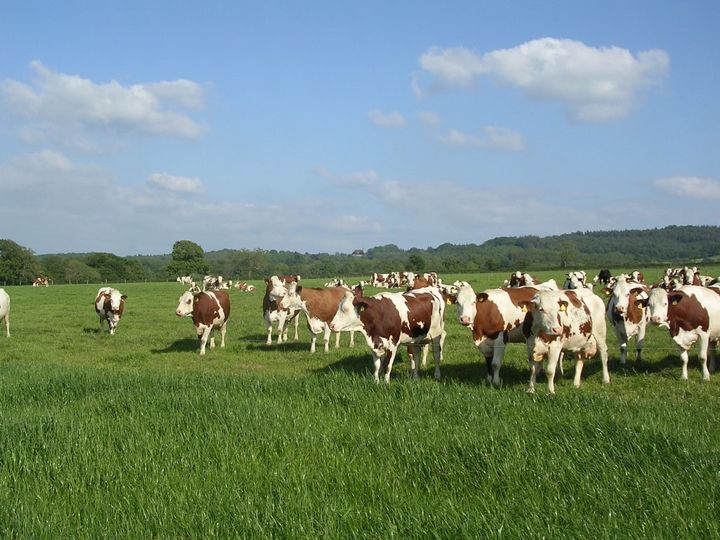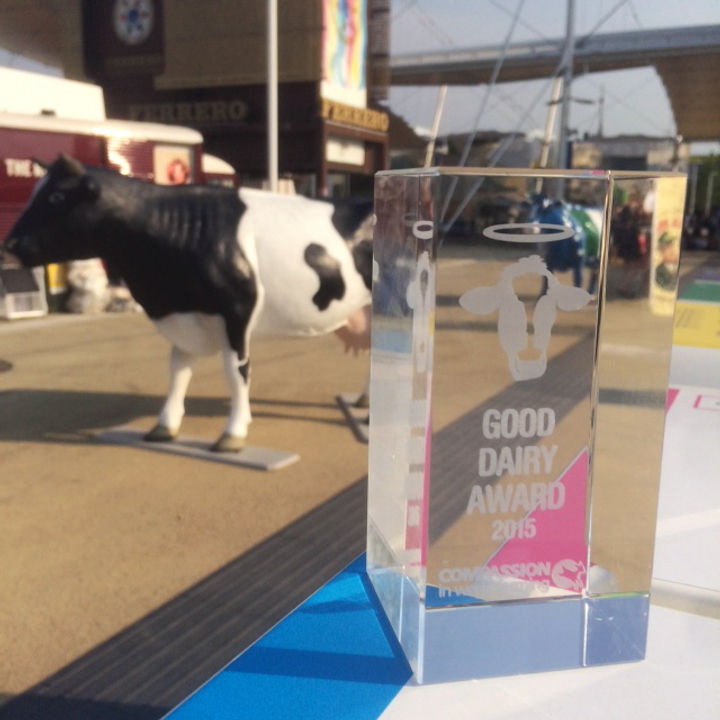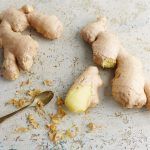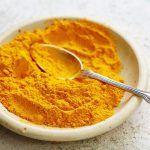A cold glass of milk is something loved by many all around the world. We’re told it’s healthy, but this is up for discussion, especially considering not all milk is the same.
Lots of us adore a silky cappuccino, good cheese (and the wonderful recipes that can be made with it) , thick creamy yoghurt, or a proper Cornish cream tea, and can’t imagine our diets without dairy. However, it’s perhaps a bit strange that humans are the only animals that drink the milk of other species.
It is certainly a bonus that milk contains a whole host of nutrients, helping everything from bone health to blood pressure. Milk is a wholesome liquid packed with protein, calcium, magnesium, phosphorous, magnesium, and a range of fatty acids. All of this makes sense, as nature designed it to be the complete diet for a suckling mammal. However, this doesn’t necessarily mean it’s good for humans to drink by the gallon.
Calcium
There is plenty of science that shows how an intake of calcium helps good bone health, and reduces the chances of bone diseases such as osteoporosis. Studies also show that the minerals in milk can help maintain a healthy blood pressure and reduce the risk of cardiovascular disease.
These are worthy reasons to drink milk, and eat products made from it, but it is important to remember that milk is not the only place you can find these vitamins and minerals. Green vegetables, nuts and small fish are also great sources of calcium.
Fat content
The natural fat content of milk straight from the udder of a cow is around 3.5%. This is sold in the UK as ‘whole milk’ (the one that usually has a blue cap). However, milk processors have the ability to change the fat content. This practice means that milk products range from double cream with a fat content of nearly 50% to skimmed milk with a fat content of almost 0%.
It is worth remembering that the fat content of the milk is largely responsible for flavour and texture, which is why fat-free dairy products tend to lack in both.
Different milks
Usable milk comes from a variety of animals, including buffalo, sheep and goats, but due to its mild flavour and relative ease of production, cow’s milk remains the world’s most common type by miles.
Dairy farming methods
During my time working with Jamie, I’ve visited and learned about farming of all types. The differences in methods from farm to farm and country to country never fail to amaze me, and have blown away many misconceptions I had about how things were done.
When you picture a herd of dairy cows, what do you imagine? For most, it’s an image of black and white cows chewing on grass and clover in a grassy field. In some cases this is still how it’s done. Unfortunately, however, an increasing number of dairy cows are now being locked indoors and will never step onto fresh grass.

This is known as “the mega dairy” or “factory farming”, and it is already commonplace in much of the USA. These intensive factory farms are packed with dairy animals being fed and milked beyond their natural capacity, without ever experiencing a natural diet or environment. They are machines designed to produce milk at the lowest possible cost.
The major problem with factory farming is that cost is calculated in terms of short-term profits. It does not take into account quality of the milk, welfare of the animal, impact on the environment, or long-term sustainability.
Nutrition & naturally farmed milk
Research is slowly emerging which shows there are nutritional benefits to drinking milk from cows that have had a natural pasture diet and lifestyle. Milk from cows eating fresh pasture is known to have higher ratios of omega-3 fatty acids (good for your brain and metabolism), and higher levels of vitamin E (good for your skin, eyes and immune system).
Even without the research, this makes sense. In human terms it is the equivalent of having one breast-feeding mum eating fresh vegetables and taking exercise, and another permanently sat on the sofa eating Pop-Tarts. Whose milk would you guess to be healthier?
What milk to buy
As a customer, it is difficult to differentiate between the good and bad when it comes to milk. In the UK, much dairy production is still done on pasture, with cows only being bought indoors during the winter months. However, this is slowly changing as pressure on dairy farmers continues to rise.
To be sure your milk comes from cows that have had the majority of their life on pasture, you can opt to buy organic – access to pasture is part of the organic standards.
Luckily, another option is now on the horizon. A determined British Dairy farmer, Neil Darwent, is setting up a scheme in the UK to segregate and label “free range” milk. Once up and running, this will allow consumers to pay a small premium for milk from a system which has given cows freedom to graze, and guarantees farmers a fair price for their milk. For more info on the progress of the scheme, see www.freerangedairy.org
This leads us to understand that, as with all animal products, we should be focusing on quality rather than quantity when it comes to milk. Quality milk from dairy animals on pasture is a wonderful thing and can be part of a sustainable farming system. However, when we put production cost and volume before quality and animal welfare, the entire system suffers – not least the cows themselves.

In recognition of our commitment to better milk from better dairy systems, Compassion in World Farming have presented the Jamie Oliver Group with a “Good Dairy Award” in 2015, amongst other businesses who have also made similar commitments to animal welfare. I had the pleasure of collecting our award at the 2015 Expo in Milan.























